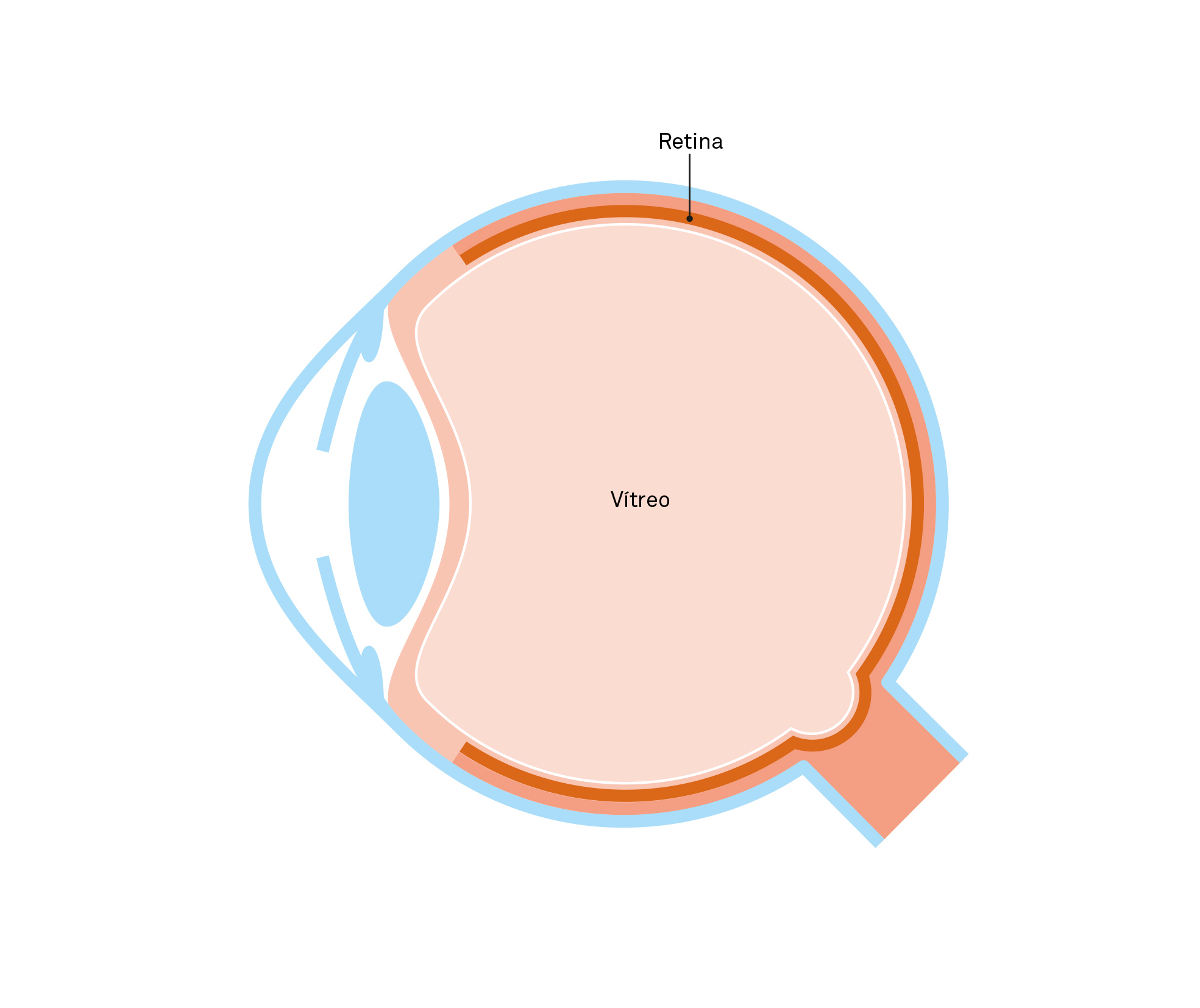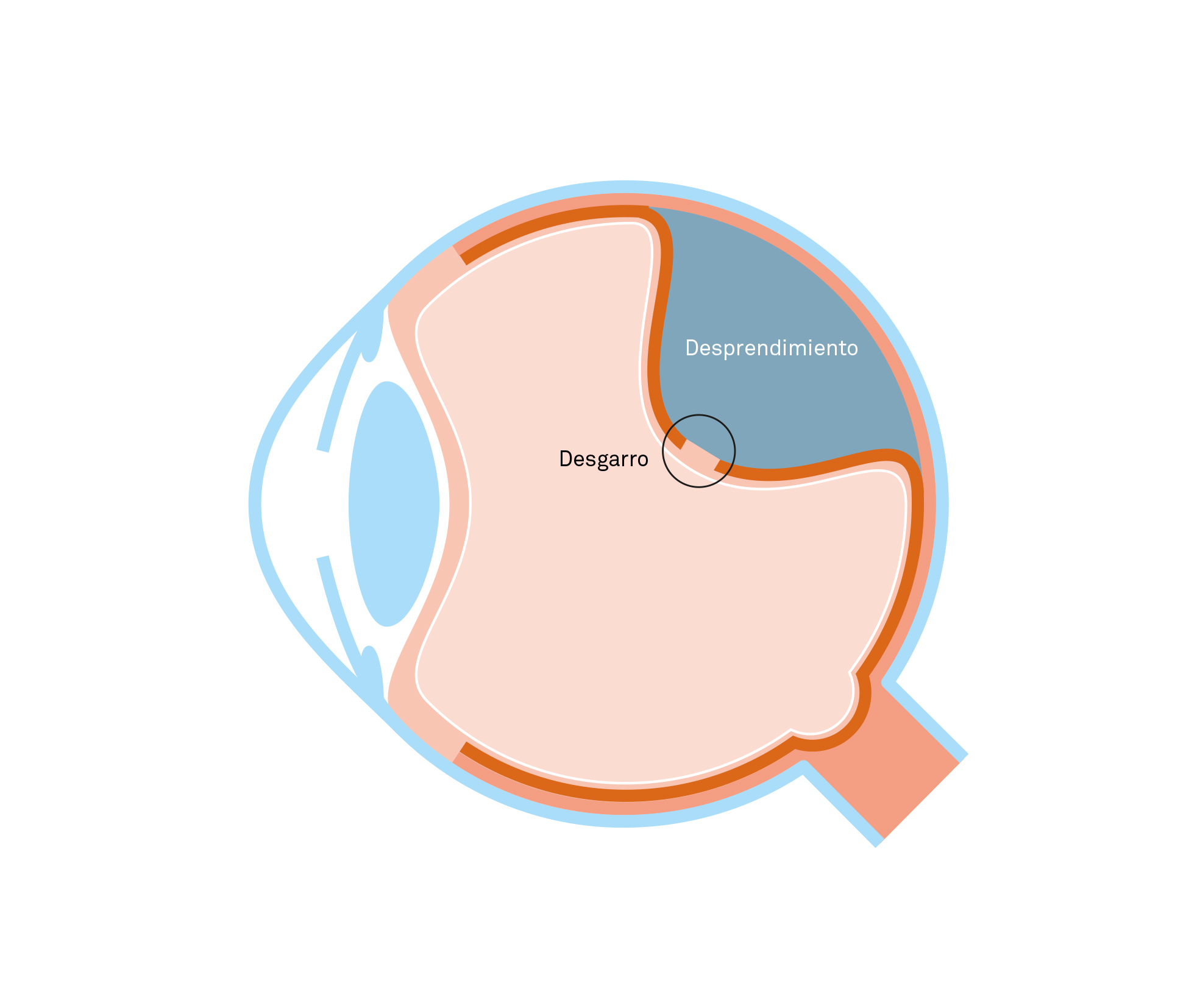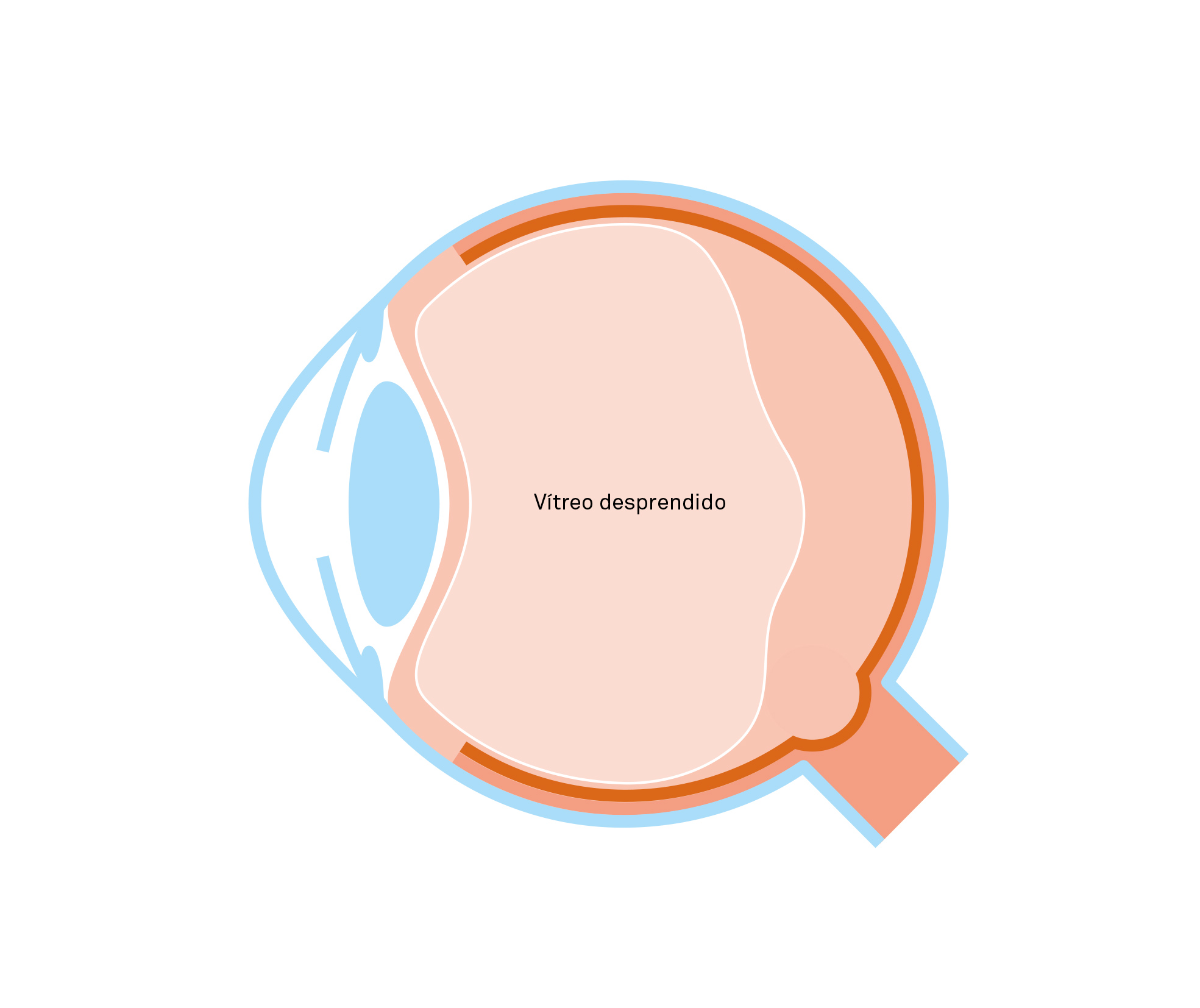All about the skin around the eyes and “drooping” eyelids
04/04/2025

25/10/2023
Retinal detachment and vitreous detachment are two ocular conditions that affect the back of the eye and can lead to vision loss. While they share some similarities, it is crucial to understand their differences and symptoms for accurate diagnosis and appropriate treatment.

Retinal detachment occurs when the retina, a light-sensitive layer located at the back of the eye, separates from its normal position. This is typically due to tears or holes in the retina, which allow the vitreous fluid (the clear gel that fills the eye) to infiltrate behind it. This creates a gap between the retina and the underlying tissue layer, disrupting the reception of images. In severe cases, when treatment is delayed, it can result in permanent vision loss.
Retinal detachment can affect anyone, but certain populations are more susceptible, such as the elderly, myopic individuals, those with a history of eye injuries or prior eye diseases, or those who have undergone complicated cataract surgery.

Symptoms of retinal detachment can include the sudden perception of flashes of light, floaters (dark spots floating in the field of vision), and the emergence of a dark curtain or shadow in the peripheral field of vision that worsens progressively. Seeking immediate medical attention is crucial if you experience any of these symptoms because retinal detachment constitutes a medical emergency.
On the other hand, vitreous detachment occurs when the vitreous gel within the eye separates from the retina. As we age, the vitreous becomes more liquid and may contract, exerting traction on the retina and causing it to detach. Unlike retinal detachment, vitreous detachment is typically a benign condition and does not result in permanent vision loss.

Symptoms of vitreous detachment may include the sudden appearance of floaters and, occasionally, flashes of light. It is essential to seek ophthalmic care to confirm the diagnosis and rule out any more serious issues.
The key difference between these two conditions lies in their impact on the retina. While retinal detachment involves a separation of the retina from its normal position, vitreous detachment involves a separation of the vitreous from the retina. Additionally, the symptoms of retinal detachment tend to be more noticeable, and its consequences can potentially be more severe than those of vitreous detachment.
An accurate diagnosis of these conditions can only be made through an ophthalmic evaluation, including a comprehensive eye examination and, potentially, diagnostic tests. If retinal detachment is suspected, it is crucial to seek immediate medical attention, as timely treatment, typically involving surgery, can help prevent permanent vision loss.
Dr. Sònia Viver, Ophthalmologist at the Barraquer Ophthalmology Centre